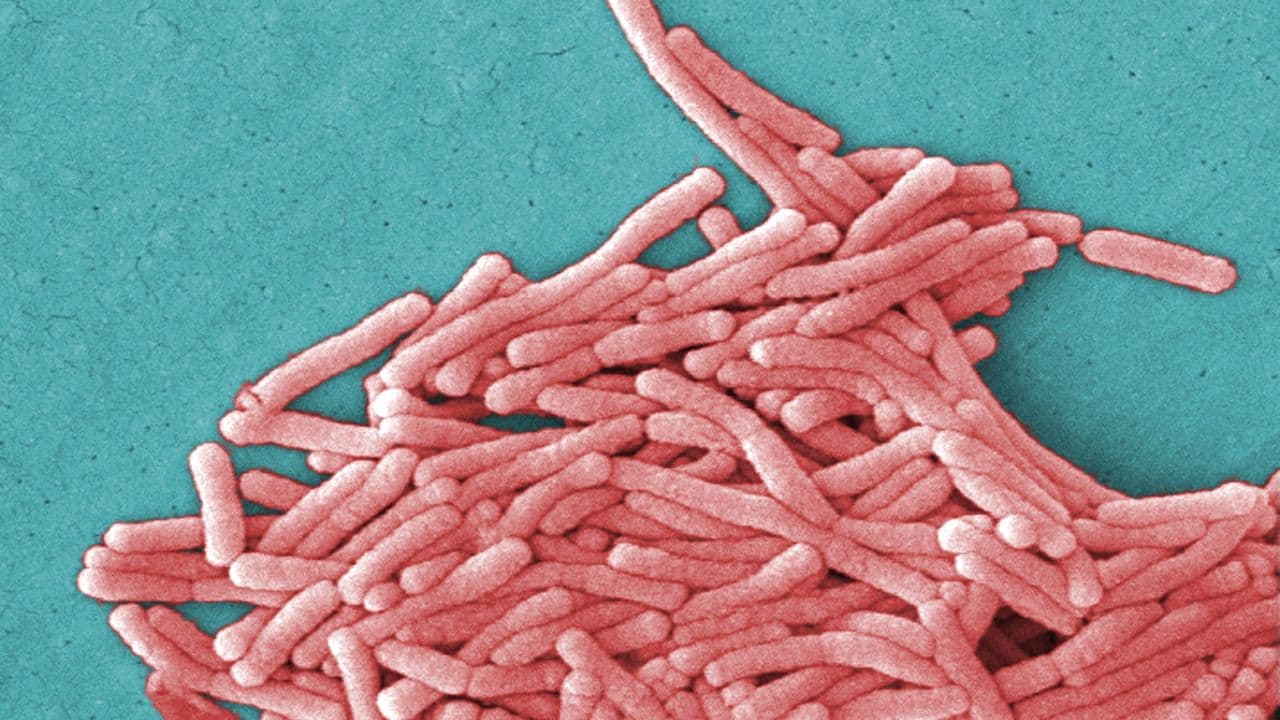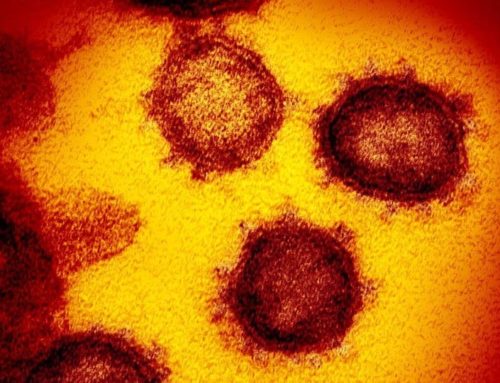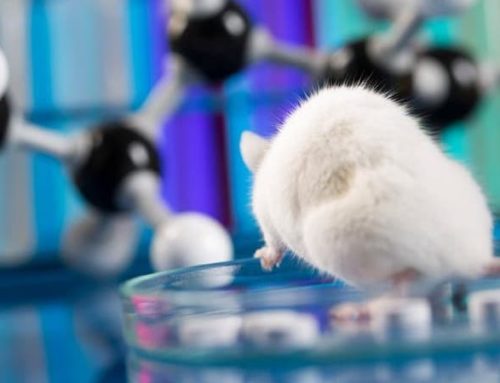Legionella is a bacterial genus comprising at least 50 species, of which Legionella pneumophila should be singled out as it is primarily reponsible for fatal legionellosis infections in some cases. The pathogenic role of the bacterium was not recognized until 1976, all of which came to light when a sudden outbreak of pneumonia broke out among Pennsylvania veterans in an air-conditioned hostel (hence the disease is called legionaires’ disease). Legionella bacteria can form a cohesive coating called biofilm, which can make it difficult to remove with conventional disinfectants. Due to the combined effect of the stabilized silver colloid and hydrogen peroxide, Nanosept is also able to destroy the pathogen hidden in the already formed biofilm and under its protection.
UPDATE:
‘Ingleton Wood, a building design consulting firm, has issued a warning to property managers that Legionella bacteria, which could cause fatal Legionella disease, could spread in the plumbing of office buildings evacuated to protect against the coronavirus epidemic.’
What is the most effective disinfection method for Legionella?
Legionella bacteria often forms a cohesive coating called biofilm that can be difficult to remove with conventional disinfectants. Due to the combined effect of the stabilized silver colloid and hydrogen peroxide, Nanosept is able to destroy the pathogen hidden in the already formed biofilm and under its protection. With preventive periodic maintenance, the stabilized silver colloid adheres to the treated surfaces, which inhibits biofilm formation, thus providing extended protection against conventional disinfectants at the same time.
Where a biofilm has already formed, it is a common phenomenon that the first cleaning / disinfection can only kill the biofilm and the microorganisms hiding in it, but the cells hiding under it are released. Disinfection should be repeated immediately as failure to disinfect will result in stronger chlorine resistance in the bacteria (for pool / jacuzzi disinfection).
It is practical experience that a disinfectant with a more combined composition and a different mechanism of action from the previously used chemical (such as chlorine) can be more effective against bacteria.
In what cases does Legionella cause disease?
The bacterium only causes disease if it is inhaled with the water spray (aerosol particles) and gets into the lungs (that is, we can bathe in water that also contains the bacteria, or we can swim in it or even drink it and we will have no problem). The bacterium then begins to divide intracellularly into large phagocytes in the air sacs of the lung, called alveolar macrophages. This causes neutrophils and monocytes to build up in the lungs, as well as levels of enzymes produced by the bacterium, and inflammation that damages the air sacs.
What are the consequences of Legionella infection?
If we are healthy, the infection is usually defeated by our immune system (fever, headache, or worse, atypical pneumonia can develop). However, people with weakened immune systems, such as the elderly and those with chronic illnesses, may even be at serious risk due to the infection.
How is Legionella infection recognized?
There are no clearly distinguishable clinical signs of Legionella infection, so an accurate diagnosis can only be made based on laboratory tests. Appropriate laboratory tests are recommended for suspected clinical signs, such as pneumonia associated with confusion, nausea and vomiting, or when several people in the community have pneumonia at the same time. On the one hand, it is possible to detect Legionella antigen in the urine by a rapid test, and on the other hand, there is a need for serological blood test that shows the amount of antibodies the human organization produces against the bacterium. The third option is to detect bacteria taken from a respiratory sample – sputum or bronchial lavage fluid – by culture.
How common is Legionella infection?
The domestic number of reported cases of infection is low (less than 100 cases per year), but several estimates suggest that the number of reported cases is only a fraction of the actual number of cases. According to one Hungarian expert estimate, the number of illnesses requiring hospital care in Hungary can be between 250 and 550 per year.
The pathogen may be resistant to chlorine disinfection due to biofilm formation, so it is advisable to try another disinfectant for pools / jacuzzis.
Chances of infection:
- In the case of poorly disinfected pool water the experience / shower elements are more risky (e.g. nozzles, where water is released from a higher part into the pool, and thus there is a greater possibility for water spray formation);
- watering with rainwater can also create water spray that is a risk of infection
- or water spray can be formed during showering, so if Legionella is present in your plumbing system, it also carries a chance of infection.



